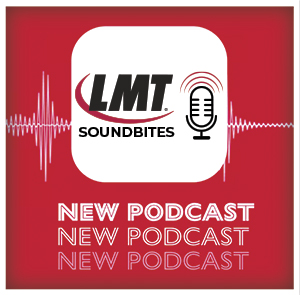Labor - Not Material Costs - is Key Factor Driving Selling Price of Chinese Crowns
I'd like to comment on the April and May Letters to the Editor regarding material usage and disclosure documentation for restorations being produced by offshore laboratories and specifically those in China.
As the general manager of ProLab Solutions, Inc., which outsources work to China, I am very supportive of full disclosure as it relates to offshore restorations and would like to provide a counter viewpoint to those who have concerns about the materials being used in China: - Major - but not all - outsourcing labs in China are FDA registered and use only FDA-approved or CE-marked materials. -These FDA-compliant labs provide full disclosure of the materials and lot numbers used in each case by including a document that indicates material composition and Identalloy and Identceram stickers when they're available for the product. In addition to the specific case documentation, some of these laboratories provide customers with monthly material lists of all its FDA-approved or CE-marked products with lot numbers. This further ensures traceability, proper documentation and satisfies DAMAS and ISO requirements. -Within the last year, the FDA has started taking a much more proactive role in monitoring imports and conducting audits of Chinese laboratories to ensure compliance with its regulations. This is an ongoing process and ultimately, Chinese labs that do not meet the overall FDA standards and guidelines will not have their cases cleared by U.S. Customs as they enter the U.S. Due to the lack of new technicians entering the dental laboratory profession, the number of U.S. technicians is now approximately 37,600, down from 47,000 a decade ago, according to the Bureau of Labor statistics. It's inevitable that U.S. labs need to incorporate some type of outsourcing model (either to other U.S. labs or outside the country) as well as CAD/CAM into their businesses to ensure competitiveness and meet demand for their services. Materials are a relatively small part of the total cost of a crown produced in China and therefore a small contributor to the final price to the lab or dentist.
The key factor driving Chinese costs and their eventual selling prices is labor. In an effort to stimulate the economy, the Chinese government is requiring employers to increase wages 5% each year for the next five years. This means the cost advantage for U.S. labs to send work to China may decrease. However, as a reaction to the rising labor costs, Chinese labs will be embracing CAD/CAM technology to offset costs. This trend will increase even more once digital impressions become more commonplace because it's so cost-effective to send .stl files electronically. At that point, outsourcing may once again become more advantageous for U.S. labs from a cost perspective. Outsourcing is a business model and the decision to incorporate it into a laboratory's operations is a business decision based upon the lab's needs and prevailing global manufacturing dynamics. We live in a global marketplace. When we sneeze, Europe gets a cold. The business climates are interdependent and require us to think differently to survive the storm until the weather changes. My point is that all laboratories should know and understand the facts and potential benefits and then make a choice as to whether outsourcing is right for them.
~ Claus Dampmann
General Manager ProLab Solutions, Inc. Manchester, PA



